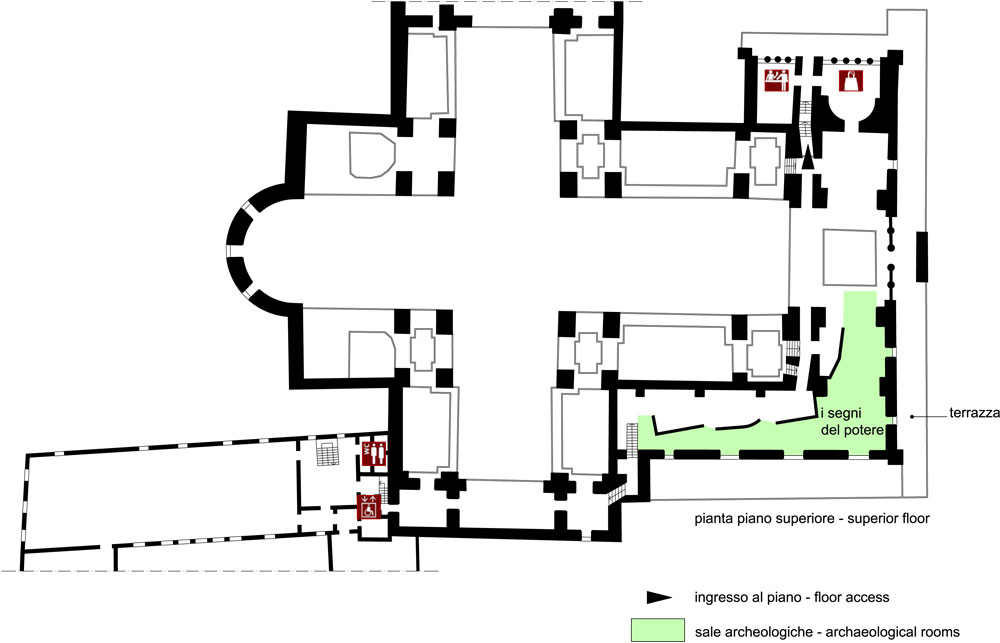| San Marco 328 (Basilica di San Marco) - 30100 Venezia (VE)
Tel. 041 2708311 - Fax 041 2708334 |
Web site http://www.museosanmarco.it |
|
Summary
The San Marco Museum is rightly considered a part of the basilica devoted to the patron saint of Venice, since it is located on the upper floor of the building (enabling visitors to enjoy a beautiful view from above); it contains a set of artefacts that are closely linked to the history, architecture and decoration of the basilica itself. In the section devoted to antiquity, it is possible to see the extraordinary group of horses in gold plated bronze, coming from Constantinople, which were once on the façade of the cathedral, before being replaced by replicas.Collection history
The establishment of the San Marco Museum, already hoped for in the late 19th cent., dates back to 1927 under the supervision of Luigi Marangoni. In the late 50’s the museum was enlarged and since 1982 it has been hosting the horses that until 1977 had been placed in the loggia on the façade of the cathedral, before being replaced, for conservation purposes, by accurate bronze replicas that are very faithful to the original. The latest re-arrangements of the exhibition were carried out in 2003.
|
 |  |
|
Visiting
Admission: Negli orari di apertura;
Ticket: Si;
Price: Full fare: 4€; reduced fare: 2€ (only for groups of more than 15 people).;
 School access School access
 Disabled access
Before the visit we suggest you call the phone number: 041 2708311 to agree the entrance with the staff. Disabled access
Before the visit we suggest you call the phone number: 041 2708311 to agree the entrance with the staff.
|
Recommended tour time (minutes): 20 |
|
Services for visitors
 Toilet Toilet Bookshop Bookshop |
Educational Services
 Guide a stampa
Catalogo
Audio guide Guide a stampa
Catalogo
Audio guideItalian. Audio guides temporarily out of order.  Information boards Information boardsItalian and English  Captions under exhibits Captions under exhibitsItalian and English  Multilingual ads: Inglese Multilingual ads: InglesePanels and captions. |
Bibliography
| I cavalli di San Marco, Catalogo della Mostra (Venezia 1977) 1977, Venezia. |
| Galliazzo V. 1981, I cavalli di San Marco, Treviso. |
| I cavalli di San Marco 1981, a cura di Perocco G., Zorzi R. , Milano. |
| Forlati Tamaro B. 1982, Ancora un'ipotesi sui cavalli di San Marco, in Atti dell'Istituto Veneto di Scienze, Lettere ed Arti 141, pp. 1-15. |
| Galliazzo V. 1984, I cavalli di san Marco: una quadriga greca o romana?, in Faventia, 6/2, pp. 99-126. |
| Il Museo di San Marco (catalogo) 2003, a cura di Favaretto I., Da Villa Urbani M., Venezia. |
| Il Museo di San Marco (guida) 2004, a cura di Favaretto I., Da Villa Urbani M. , Venezia. |

